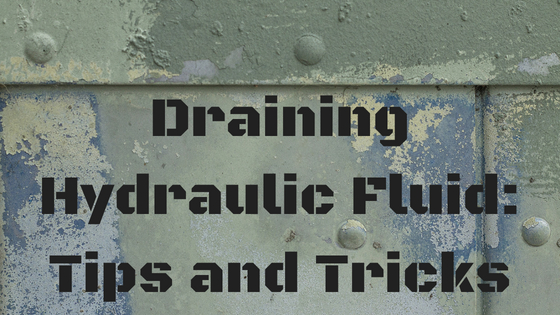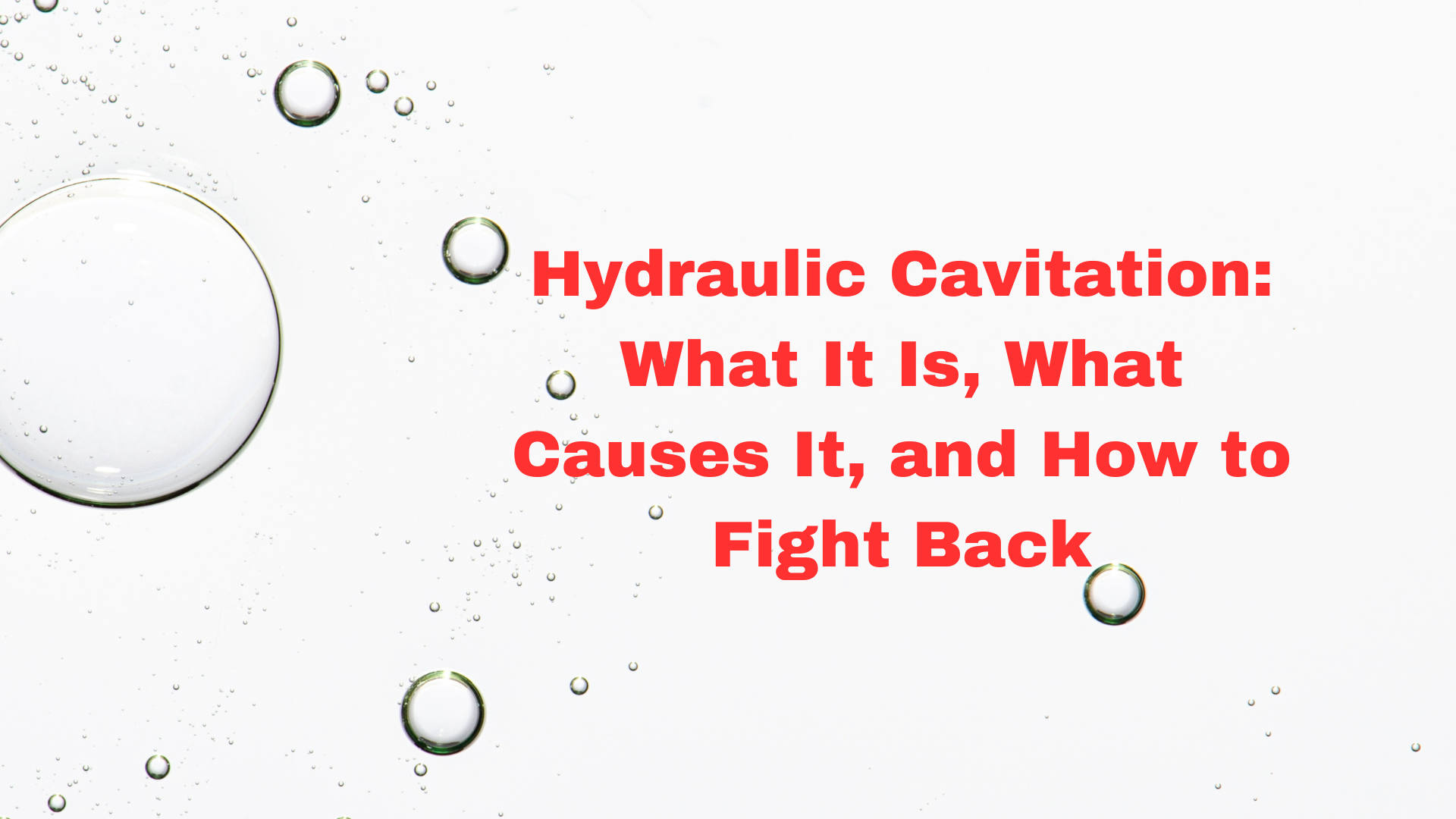Draining Hydraulic Fluid: Hints and Tips
Jul 17th 2018
Effectively Draining Hydraulic Fluid
The goal of changing out your hydraulic fluid is to remove as much as possible of the old so you can replace it with fresh, clean hydraulic fluid. The basic process of draining hydraulic fluid is quite simple: remove the appropriate drain plug, replace the necessary filters, and let gravity do its work. In this blog post, however, we are going to focus on how to get as much of that hydraulic oil out of the system as possible.
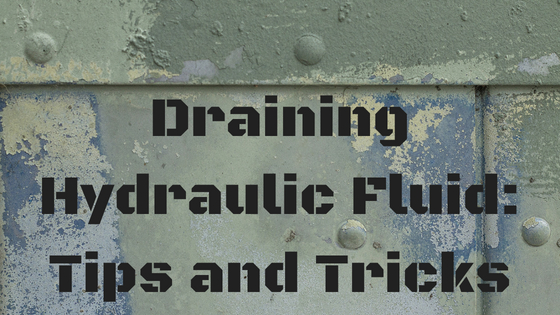
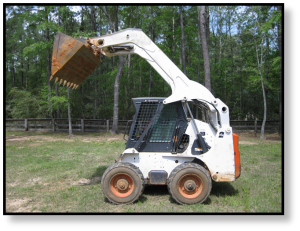
Why Drain?
There are so many sources of contamination when it comes to hydraulic fluid. There is built-in contamination that occurs during the manufacturing process of the equipment, and then there is the contamination that occurred as the fluid was being manufactured.
Then there’s the contamination that generated during use, resulting from corrosion, abrasion, cavitation, etc. Next, there’s what’s known as catalytic contaminants like water or air.
Leaking seals can also result in abrasive contamination that can seriously compromise the performance of your equipment.
These contaminants, combined with the natural degradation of the hydraulic fluid over time, reduce its ability to do its job. That’s why you should follow scheduled hydraulic maintenance for your equipment, including changing out the hydraulic fluid.
Safety First
Before you start the process, don’t forget the basic safety issues. You need to relieve pressure before you start disconnecting the hydraulic lines. Under high pressure, hydraulic fluid can actually penetrate the skin and requires a doctor’s visit (possibly even surgery!) if it happens. That's why you never use your bare hands to look for leaks. In fact, you really should be wearing gloves anytime you are working with hydraulic fluid. Also, keep in mind that the hydraulic fluid can heat up during use, so wait until the system has had a chance to cool before trying to change out the hydraulic oil.
Keeping the Equipment Safe
When checking or changing the hydraulic oil, you aren’t the only one who can get hurt. Carelessness here can damage your machine, too. Be very, very careful to avoid contamination of the hydraulic fluid, and don’t open the reservoir cap unless, or until, it is absolutely necessary.
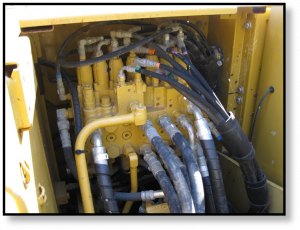
Hints and Tips
One often-overlooked but valuable step in removing all the hydraulic fluid is to make sure all the hydraulic cylinders are in their closed position, which in turn leaves very little oil in the components themselves.
In order for the oil to flow out, air must be allowed in. To prevent moisture (and other contaminants) from entering through the breather ports, these ports need to be outfitted with desiccating breathers. Also, don’t forget to pull any return filters; these things hold and impede the flow of a significant amount of hydraulic fluid.
The next concern involves deciding which port or ports you need to drain the hydraulic fluid from. Naturally, the main reservoir will have the largest drain port, but there may be drain ports for other components of the system as well – especially components located in low areas of the circuit.
Conclusion
These tips should help you achieve a thorough draining of your hydraulic system so you can start with fresh hydraulic fluid. Remember to always follow manufacturer guidelines!
Do you need a final drive motor?

